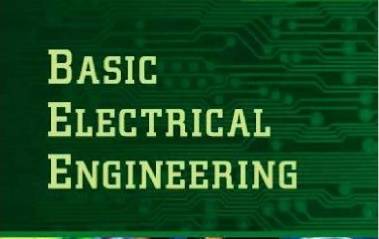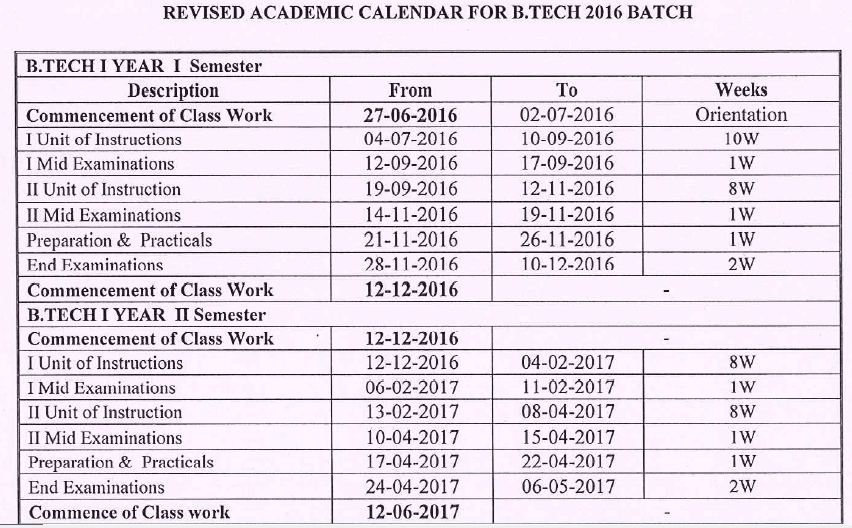BEE Notes Pdf – Basic electrical engineering JNTUH Download Free Lecture Notes
Basic electrical engineering pdf free download links: Here you can download the free Basic Electrical Engineering pdf Notes – BEE Notes Pdf of Latest & Old materials with multiple file links to download. This Basic Electrical Engineering notes pdf free download starts with the topics covering Introduction to Electrical Engineering: ohm’s law, basic circuit components, Kirchoff’s laws. Simple problems, etc.
Basic Electrical Engineering Pdf Notes Free Download – BEE Notes Pdf

Latest Material Links
Link – Complete Notes
Unit 1
Link – Unit 1 Notes
Unit 2
Link – Unit 2 Notes
Unit 3
Link – Unit 3 Notes
Unit 4
Link – Unit 4 Notes
Unit 5
Link – Unit 5 Notes
Basic Electrical Engineering Pdf Free Download | BEE Notes Pdf Old Material Links
Material 1 Link : Download Here
Material 2 Link : Download Here
Basic Electrical Engineering pdf Notes – BEE Notes Pdf
UNIT – I
Introduction to Electrical Engineering : ohm’s law, basic circuit components, Kirchoff’s laws. simple problems.
Unit 1 : Download Link
UNIT-II
Network Analysis : Basic definitions, types of elements , types of sources, resistive networks, inductive networks, capacitive networks, series parallel circuits, star delta and delta star transformation, Network theorems- Superposition, Thevenins’s, Maximum power transfer theorems and simple problems.
Unit 2 : Download Link
UNIT-III
Alternating Quantities : Principle of ac voltages, waveforms and basic definitions, root mean square and average values of alternating currents and voltage, form factor and peak factor, phasor representation of alternating quantities, the J operator and phasor algebra, analysis of ac circuits with single basic network element, single phase series circuits.
Unit 3 : Download Link
UNIT-IV
Transformers : Principles of operation, Constructional Details, Ideal Transformer and Practical Transformer, Losses, Transformer Test, Efficiency and Regulation Calculations (All the above topics are only elementary treatment and simple problems).
Unit 4 : Download Link
Basic Electrical Engineering Pdf Free Download | BEE Notes Pdf
UNIT-V
D.C. generators: Principle of operation of dc machines, types of DC GENERAtors., e.m.f equation in a dc generator.
Unit 5 : Download Link
UNIT-VI
D.C. Motors : Principle of operation of dc motors, types of DC Motors. Losses and torque equation, losses and efficiency calculation in D.C generator.
Unit 6 : Download Link
UNIT-VII
A.C Machines : Three phase induction motor, principle of operation, slip and rotor frequency, torque (simple problems).
Unit 7 : Download Link
UNIT VIII
Basic Instruments : Introduction, classification of instruments, operating principles, essential features of measuring instruments, Moving coil permanent magnet (PMMC) instruments, Moving Iron of Ammeters and Voltmeters (elementary Treatment only)
Unit 8 : Download Link

TEXT BOOKS :
1. Basic Electrical Engineering – By M.S.Naidu and S. Kamakshiah TMH.
2. Basic Electrical Engineering By T.K.Nagasarkar and M.S. Sukhija Oxford University Press.
3. Electrical and Electronic Technology by hughes Pearson Education.
REFERENCES :
1. Theory and Problems of Basic Electrical Engineering by D.P.Kothari & I.J. Nagrath PHI.
2. Principles of Electrical Engineering by V.K Mehta, S.Chand Publications.
3. Essentials of Electrical and Computer Engineering by David V. Kerns, JR. J. David Irwin Pearson.
4. CWassignments.com – a wide range of assignment help services for technical students.
Note :- These notes are according to the r09 Syllabus book of JNTUH.In R13 & R15,8-units of R09 syllabus are combined into 5-units in r13 syllabus.Click here to check all the JNTU Syllabus books
FAQs:
Q1: What is the fundamental law in electiricity?
A1: Ohms law – At constant temperature, the current flowing through a conductor is directly proportional to the potential difference(p.d) in volts across the two ends of the given conductor and inversely proportional to the resistance (R) in ohms (Ω) between the ends of the same conductor. V =IR
Solved example:
1. An electrical iron carrying 2A at 120V. Find resistance of the device?
Soln : R = (v/i) = 120/2 = 60 ohm
Q2: Explain Kirchoff’s current and voltage law.
A2: : Kirchoff’s current law – KCL states that the total current entering a junction is equal to the total current leaving the junction. (or)
The algebraic sum of the currents at the junction (node) will be zero.
At node n, (2 + 3 + 4) = (1 + 6 + 5)
Or 2 + 3 + 4 − 1 − 6 − 5 = 0.
Kirchoff’s voltage law – KVL is based on the law of the law of conservation of
the energy, states that the algebraic sum of voltage drops in a closed loop is zero.
1 + 2 + 3 =
1 + 2 + 3 – = 0
{Flow of currents in loop is assumed +ve from higher potential to lower potential in elements and +ve from lower to higher potential in Sources}
Q3: What are the basic electrical quantities?
A3: Three basic electrical quantities are,
- Current – The concept of electricity arises through observation of nature. A force between objects is observed, that, like gravity, acts at a distance. Charge is the name given to this source of force. Current is the flow of charge.Current is reported as the number of charges per unit time passing through a boundary.
- Voltage -Voltage between two points mathematically expressed as the change of energy experienced by a charge
- Power – Power is defined as the rate energy is transformed or transferred over time. Power is measures in units of joules/second which is also known as watts.


Good